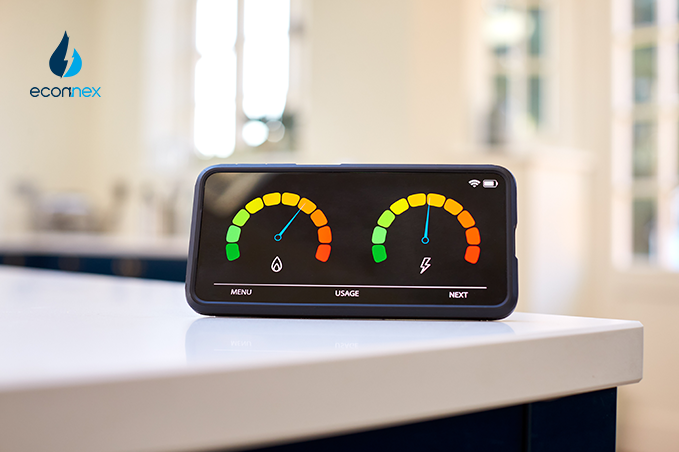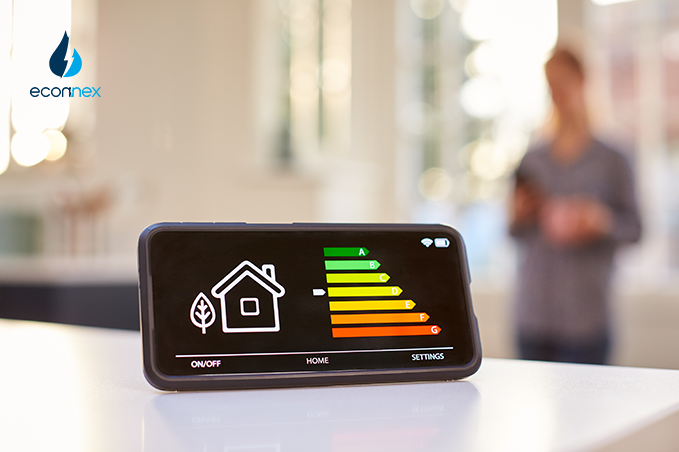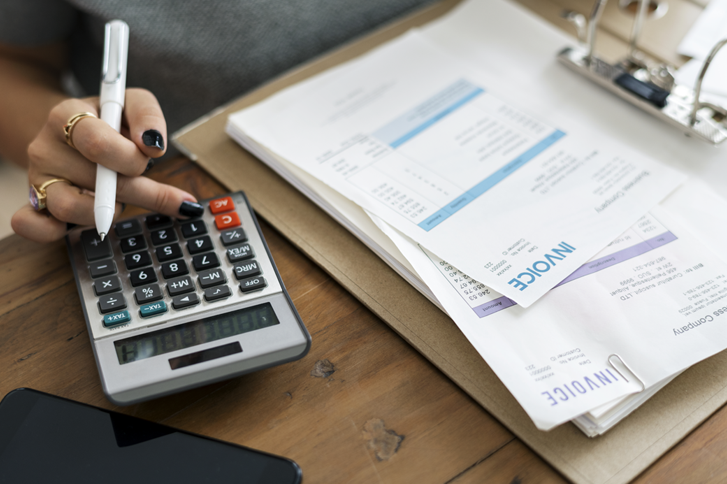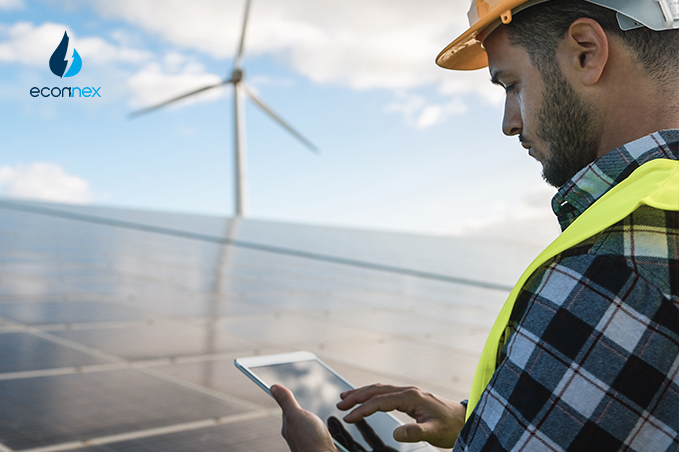Discover Smart Meters: Advanced devices that track energy usage in real-time, enabling better control and efficiency. A glimpse into the future of energy management.

Published on 20/12/2023
By William Walton
Energy Comparison
Not so long ago, energy metering was still stuck in an analogue age. Taking a reading for your energy consumption involved a visit from the technician, who would need to find the old dial-based meter tucked into a corner of the property near the side fence somewhere. Thankfully, that’s not the age that we live in anymore. Metering technology has improved by leaps and bounds, fully transitioning into the digital age with the development of smart meters.
Smart Meter technology has the capacity to change the way we consume energy, potentially leading to legitimate savings for Australian consumers. Unlike its analogue predecessors, which required manual readings and often resulted in estimated bills, the smart meter brings real-time energy tracking, detailed consumption insights, and a host of other benefits that align with our modern, connected lifestyles.
Unfortunately, it appears as though many Australians don’t know how to use a smart meter to its full capabilities (or even know that they have one installed on their property in the first place). They don’t realise the ability that they now have to monitor usage and adjust according to off-peak or on-peak periods of the day. So, let’s explore this innovative smart metering technology and the positive impact that it could have on your household.
Smart meters are digital energy-reading devices. They measure and record energy consumption for consumers and businesses alike, providing accurate usage data and avoiding the need for estimates when calculating your energy bill. If you have one installed, your smart meter will typically record your latest consumption reading every 30-minute interval. This information is then communicated to your selected retailer via the meter, allowing them to track usage accurately without sending a technician to the property.
In contrast, previous analogue energy ‘accumulation meters’ had no capacity to transmit any information directly to the energy retailer, only the ability to record consumption on-site (and even then, not always accurately). This led to higher incidences of misread data, inaccurate billing, and consumer dissatisfaction. No longer with the implementation of smart meters, which can even allow retailers remote access to provide services such as remote connection or disconnection. It’s commensurate with a broader shift towards digital, data-driven infrastructure to improve outcomes throughout the Australian economy.
Until the turn of the millennium, Australia had an unhealthy reliance on analogue energy infrastructure. However, that changed meaningfully in 2006 with the mandated rollout of smart meters across Victoria. This initiative was driven by the potential benefits smart meters promised in terms of operational efficiency for retailers and consumer empowerment to take charge of their energy. Meanwhile, other states observed, learned, and gradually began introducing their own rollouts. For instance, smart meters in NSW and smart meters in QLD have seen a steady increase in installations, though at a slower pace tailored to their specific needs and challenges.
The shift towards smart meters was predicated on reducing costs for retailers and consumers. The energy retailers no longer had to pay technicians to visit every property independently, and consumers could adjust their energy usage and behaviour to optimise their expenditure. In reality, the consumer benefits have been slower to realise. Mostly, this is due to a lack of education and cut-through messaging to inform consumers about the new technology’s benefits. Many consumers, including those in Victoria, are still completely unaware that they even have a smart meter installed in the first place. Further, some remain sceptical regarding any infringements upon their privacy or security.
In short, electric smart meters provide a level of detail and accuracy regarding consumer energy usage that was previously impossible to achieve. The old metering infrastructure left too much possibility for inaccurate readings, incorrect billing, and a host of other human errors. Let’s break some of the advantages of this innovative tech down a bit further:
While smart meter technology is generally regarded as a positive these days, many Australian consumers still hold concerns. Some of the commonly raised issues pertaining to smart meters include:
Many Australians aren’t aware that they may already have a smart meter installed on their property, especially consumers in Victoria. Before you proceed down the path of requesting the installation of a new smart meter, double-check what’s currently in place. If you’re still unsure, contact your current energy provider, who should be able to notify you. However, for those still on the old analogue metering technology, consider the following steps:
If you encounter any issues or have questions after the installation, contact your energy provider’s customer support. Any technical faults or concerns should also be reported to the provider immediately for assistance.
Smart Meters track your energy consumption use and share this information with you via an in-home display or app. It sends a regular reading to your energy supplier wireless.
Each supplier’s Smart Meter might be slightly different in the feature but it commonly shows:
Once your smart meter is installed, there are some practical ways that you can make use of it to save on your energy bills. Many smart meters come with app integration, allowing you to log in on your mobile device, computer or tablet and check your energy usage. This may allow you to determine which appliances are using excess electricity and provide the ability to adjust the use of household electronics to correspond to off-peak periods (if you have that type of energy plan).
Your smart meter could also allow you to set realistic energy-saving goals based on your historical data. You could, for example, aim to reduce your peak consumption by 10%. You can use your smart meter data to track your progress and stay motivated. As time progresses and your household changes, you should adjust your goals as you learn what works best for your setup.
As we turn an eye towards the future, there is little doubt that smart meters will continue to play a role in our energy management. There’s expected to be even greater integration with household appliances as smart home technology becomes more mainstream. In the future, you might be able to use your smart meter to dim your lights or communicate with your thermostat to deliver greater energy efficiency.
Smart meters will also have a significant role to play as the uptake of solar continues throughout Australian society. They are necessary for any new solar system, allowing for two-way communication and energy transmission between the grid and your household. As solar technology improves, a smart meter will be an even more essential feature of any business or residence.
While smart meters provide some capabilities to reduce energy costs, there is a more immediate way you might be able to realise some savings. Use Econnex Comparison’s intuitive platform to compare energy plans available in your area from various retailers. If you find a plan that suits your needs, you can apply online from Econnex in a matter of minutes. It’s comparison technology that puts the power of choice in your hands, allowing you to find a potentially better plan from our panel and start saving.
Let’s get started.



